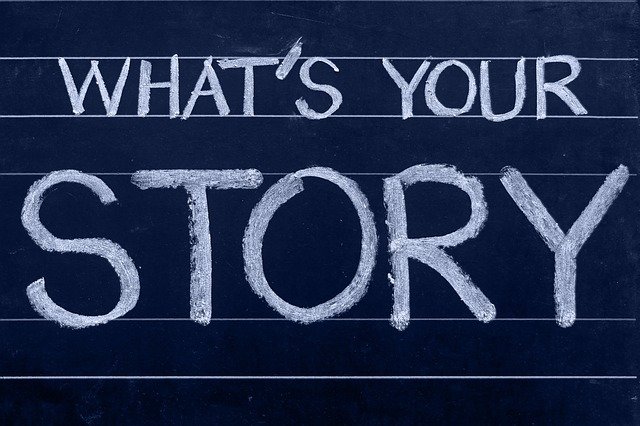
Storytelling. Bet that’s a word you’ve never heard a marketer use! Jokes aside, what even is storytelling? Why is it important? How do we “story our brand”?
We are here to help answer these questions. A brand story is how you make people care about what you do and say as a business. It’s also the vibe people experience when they encounter anything related to your business.
A brand story encapsulates:
- what you do
- why you do it
- how you do it.
Most importantly, a brand story shows prospective customers the value they can obtain when they engage with your products and/or service. A brand story is all about making your target audience feel heard, understood, and catered to. It’s a bridge of connection between you and who you intend to help through your business.
Why should you story your brand?
If you ever doubt the power of storytelling, think of some of the largest, most recognised brands in the world today. Brands like Uber Eats have successfully harnessed storytelling in creating an expansive network of loyal customers.
Storytelling is inherently intertwined with marketing. Whether it’s creating a blog post, writing copy for a Google My Business ad, or inventing a meme to share on social media, engaging the audience underpins the act.
Engaging the audience with storytelling makes people feel more connected to your brand. Why? Because it appeals to our emotions. Scientists have found that feel-good chemicals like dopamine and oxytocin are released when we engage in stories. Perhaps this is the reason why emotions have been found to have greater power over our decision-making than rational means. If you want a brand that inspires and builds trust, create a brand story that speaks to your audience’s emotions. But how is this achieved?
Adopting the storytelling mindset
You don’t need to be the next J. K. Rowling to create a compelling brand story. Anyone who has a strong understanding of their business and how they want to help their target audience can turn their brand into a narrative that inspires.
But it’s not something that just happens. It takes work to get into the storytelling mindset. We recommend starting with stream of consciousness writing to uncork your creative juices. Pull out a journal and write down every word as it passes through you. The only rule to this exercise is to not stop writing! Spend at least 10 minutes doing this.
Once you’ve warmed up through steam of consciousness writing, do some brainstorming.
Consider:
- your company values
- how you want your brand to be seen
- your brand’s tone of voice
- how you want to speak to customers
- the aesthetics (colours, patterns, shapes, scenes) that best evoke the character of your brand.
Using the above dot points as prompts for brainstorming equips you with material you can readily draw upon when creating your brand narrative.
Framing the narrative
Great storytelling often draws upon the “hero’s journey.” Many thought leaders have written books about the correlation between marketing storytelling and the universal motif of the hero. One poignant example is Joseph Campbell’s The Hero with a Thousand Faces (1972).
Framing your brand narrative in line with the hero’s journey casts your target audience as the protagonist. Your target audience is on a journey to find a solution to a problem. Think of the conditions that shape the world they live in as it relates to the product and/or service your business provides.
Now, think of complications. What disrupts a customer’s world? What are the problems your customers face? You could think of a customer’s problem as the antagonist in your brand narrative.
What about the solution? That’s where your business comes in. What do you offer to help solve the problems your target customers face? How do you help improve their lives? You could think of your business as the best friend or guide to the protagonist.
You don’t have to verbatim follow the hero’s journey formula when creating a brand story. But it’s a good start when it comes to understanding how you can turn your brand into a narrative.
Be honest
Ensuring that your storytelling is honest is key. People will see right through it if it’s not. Keeping up an act that doesn’t stem from a genuine place is also draining. When creating your brand story, ensure you clearly communicate the values that motivate your business.
For instance, if you own a carbon offset business, you’re motivated by the desire to help the environment by reducing climate change adversity. Thus, your target market is people who want to learn about how to mitigate the effects of climate change through their lifestyle. This target market will want to understand how engaging with your business advances this objective before trusting your services.
Continue your story with social media
Creating a brand story is no one stitch fix. It requires constant revision, refinement and development. Social media can highlight your brand philosophy for prospective customers.
Leverage social media when sharing:
- customer testimonials
- customer engagement activities on social media (e.g. polls)
- behind-the-scenes footage of campaign photoshoots, events etc.
- links to podcasts or any other thought leadership your company produces
- memes, photos, and infographics that evoke your brand’s sense of character.
Storytelling is the glue that connects businesses with their target audiences.
Get in touch if you want personalised assistance in creating your brand narrative. Helping our valued clients convey their stories is what we love to do.
